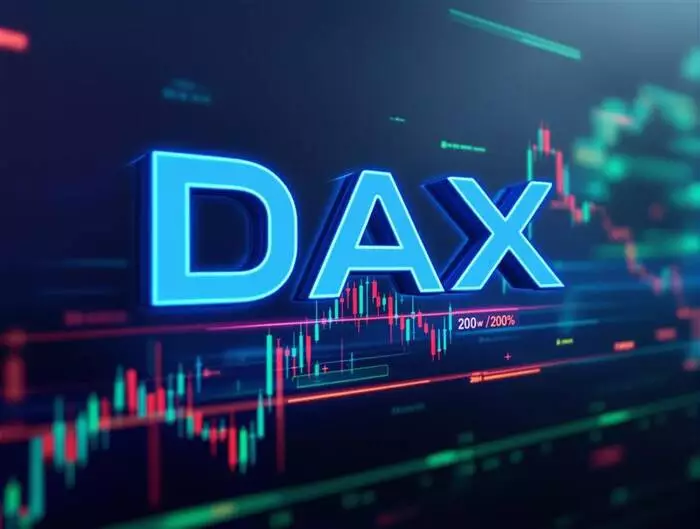In the complex arena of financial markets, seemingly straightforward economic indicators often carry deeper implications than their face value suggests. The upcoming unemployment figures for the Eurozone on July 2 exemplify this truth. While analysts predict stability at 6.2%, the real significance lies in the narrative that these numbers will create. Steady unemployment could embolden the European Central Bank (ECB) to delay aggressive rate cuts, signaling confidence in the region’s economic resilience. Conversely, rising unemployment would serve as a stark signal, forcing policymakers to consider easing policies anew, which might bolster risk assets globally, including the DAX. However, the market’s response to these figures will be significantly shaped by the broader macroeconomic picture, including US labor data and trade negotiations, highlighting the interconnectedness of modern economies.
The Fed’s Dilemma: Balancing Risks and Expectations
Across the Atlantic, the Federal Reserve’s stance remains a subject of intense speculation. Federal Reserve Chair Jerome Powell’s recent comments reveal a cautious approach: rate decisions are neither firmly predetermined nor entirely open-ended, but instead hinge on upcoming economic data. His emphasis on monitoring inflation and employment signals prudent deliberation amid a backdrop of mixed signals from the US labor market, which is under scrutiny ahead of key jobs reports. Importantly, despite some market expectations of a September rate cut, slight fluctuations in probability underscore the Fed’s cautious stance. Investors remain divided, trying to decode the Fed’s subtle hints about future policy, all while the market adjusts to the possibility of volatile data points, making the trade environment uncertain yet ripe with opportunity.
Market Reaction to Labor Data and Geopolitical Tensions
The market’s immediate reactions are often driven by the latest employment figures. Stronger-than-expected US payrolls can dampen expectations of imminent rate cuts, which, in turn, may suppress risk appetite for assets like stocks. Conversely, weaker data could ignite optimism for easing policies, pushing indices higher. This dynamic vividly illustrates how economic data acts as the domino that tips the balance of investor sentiment. For the DAX, a resilient US labor market could hint at stronger US economic performance, potentially pressuring European markets as risk premiums adjust downward. Conversely, easing fears could spark a rally, especially if paired with positive trade development signals between the US and EU, creating a more optimistic environment for equities.
The Technical Landscape of the DAX: Beyond Numbers
Looking closely at the technical outlook for the DAX, you see a chart that reflects both confidence and caution. The futures market’s optimistic start—indicated by a 136-point jump—suggests traders are betting on a positive momentum, at least in the short term. The DAX’s position above its 50-day and 200-day EMAs signals underlying bullish sentiment, yet the current RSI at around 50.6 implies room for growth before hitting overbought levels. The key resistance point around 23,750–24,000 offers a tempting target for bulls, especially if the market manages a breakout beyond recent highs. However, support levels near 23,500 and the crucial 23,000 mark remain vital; a breach below could shift the narrative toward caution, exposing the index to downside risks.
A Broader Perspective: Risks, Opportunities, and the Hunt for Clarity
The real challenge for investors and traders isn’t just interpreting the immediate data but understanding the constellation of signals that will inform market direction in the coming weeks. With global trade tensions, geopolitical uncertainties, and divergent central bank policies, the environment remains volatile yet full of opportunities. A positive shift—such as a comprehensive US-EU trade deal or softer US labor data—could catapult the DAX toward new highs, potentially reaching 24,479. On the flip side, any stagnation in trade talks, stronger US economic indicators, or hawkish hints from central banks could dampen sentiment, dragging the index back toward more critical support levels. Ultimately, traders must navigate these uncertainties with agility, recognizing that the biggest gains often come from correctly interpreting complex, sometimes contradictory signals.
The evolution of the market in the coming weeks will be deeply influenced by these intertwined factors. Strategic positioning, keen analysis, and a readiness to adapt to new data will distinguish successful participants from those left behind. The market’s pulse is ever-changing, and while numbers are essential, understanding their broader implications can be the key to unlocking future gains.

